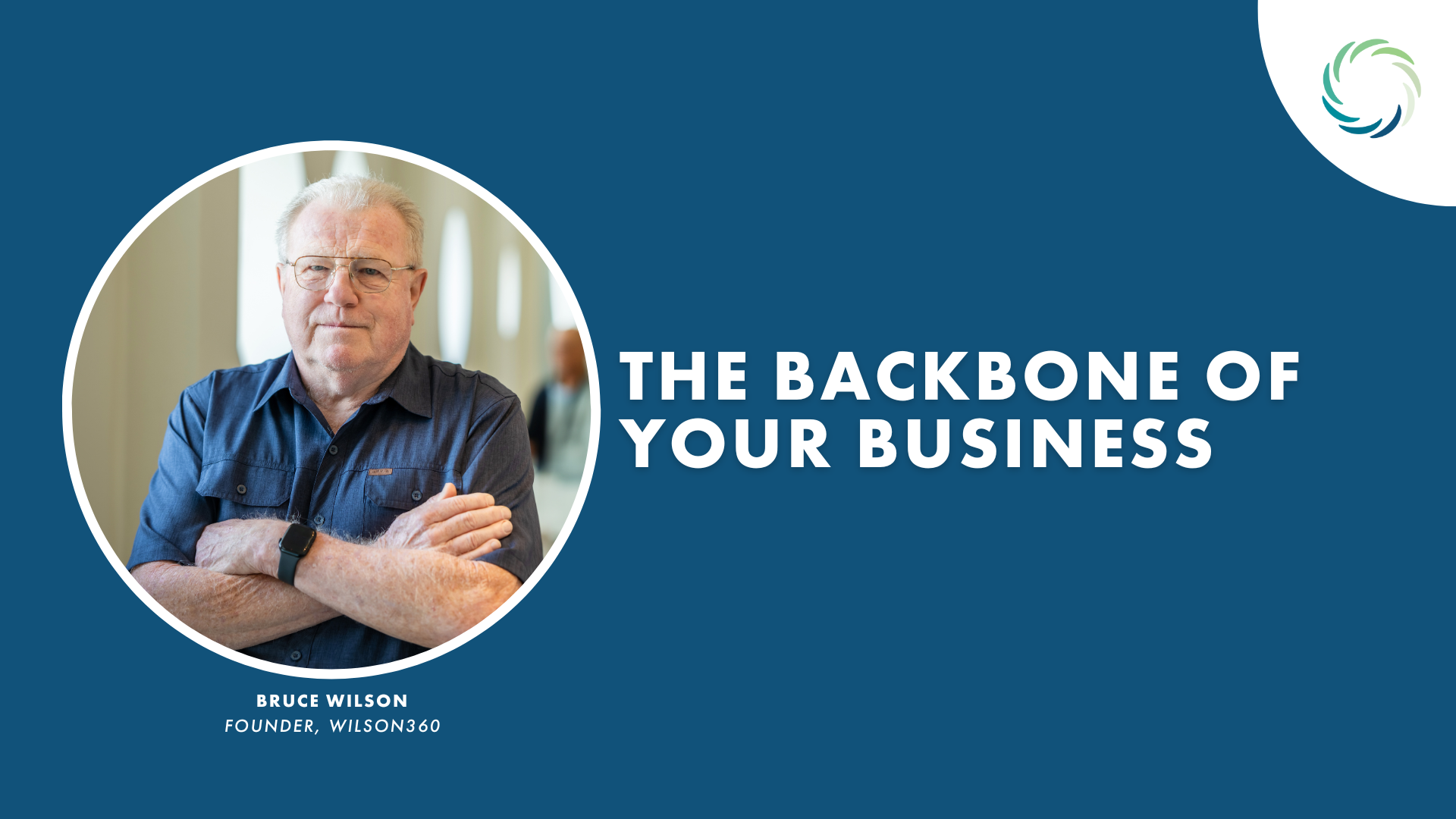
The Backbone of your Business
by Bruce Wilson
Competency is not just a buzzword. Competencies are fundamental sources of competitive advantage that show the public what you’re good at and why your business is different.
There is no fixed number of competencies, but the more ways you can define and measure your vision and mission — from morale to profitability — the more you can set your business apart. How many should you have? Most firms include innovation in quality and delivery; operational excellence; customer experience; and an organizational culture defined by creativity, productivity and employee engagement. Teamwork, people-first, sustainability and continuous learning are also critical strengths.
When an organization invests in its intellectual capital, it has a positive impact on all aspects of organizational growth, from clarity and direction, to employee quality and workforce performance, making it easier to train and promote people from within. This “rising tide lifts all boats” approach is a differentiator. It shows employees you walk the talk on company values, it gives them something to grow toward and strive for, and more importantly, it works as a critical retention strategy for employees and customers. By training on what your organization does best and investing in doing it better, it’s not just a people-first approach to business — it’s a smart way to increase human intelligence across the whole enterprise.
If it sounds too good to be true, it can be difficult. It’s a challenge to sustain it through the ups and downs of growth. And there is always a risk that promoting from within will dilute talent, in which the employee moving into the position vacated by the promoted employee would not be as experienced.
Yet, the practice works for many companies. How do they do this? In a landscape maintenance company, a crew leader can train their own replacement on the route they are working on. When the crew leader is promoted, the person moving up mentors the crew doing the same work on the same jobs as they were being trained on, giving them a better chance to be successful.
This same internal mobility concept can be applied to other field positions. But that is not enough. Helping individuals and teams at all levels, from the corner office to the back office, not only benefits the competency development pipeline but has great impact on the company as a whole.
Competency cultures can be transformative environments to work in. But to get to a working environment and mentoring culture that flows naturally and organically takes training. Not everyone comes to their job with the ability to help others increase their value. Training across the organization keeps everyone focused on the same outcomes and the same high standards of what’s possible.
When there are mistakes along the way, there can be no blame. Implement investigative processes and systems that dig deep. One of the more effective techniques is asking “why?” three or more times to get to the root cause of the problem. Not doing this keeps you in a reactive mode jumping from one hot spot to another.
For a competency culture to work, it needs to be anchored by continuous learning. Structured education programs or ad hoc training through conferences and associations, and professional certification, are well worth the investment. Industry manufacturers and suppliers are a good source of technical and best practice training in advanced technologies, electric and autonomous equipment, irrigation, chemical application and fertilization.
When competency, performance improvement and continuous learning become the backbone of your organization, it becomes more than a competitive advantage. It becomes a lifecycle approach to how talent and performance is qualified and rewarded, how employees can excel and contribute to the overall success of their teams and your organization, and how smarter, trained employees can better identify potential risk, follow safety protocols and make better, informed decisions.
This not only benefits the customer who gains added value from a business that performs at the top of its collective ability, but services from a team of people who are empowered to perform at their very best.
Words of Wilson features a rotating panel of consultants from Wilson360, a landscape consulting firm. Bruce Wilson is founder and chairman of Wilson360 (formerly Bruce Wilson & Co.) He can be reached at [email protected]
Reprinted with permission. GIE Media. Lawn & Landscape Mar 2024 (c)

